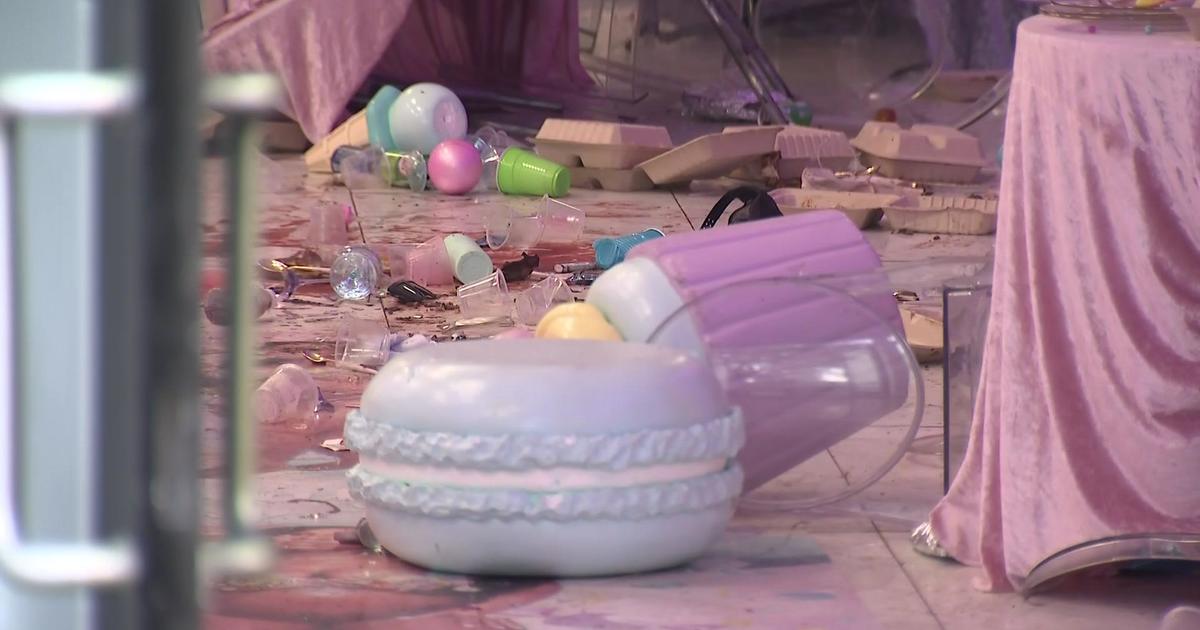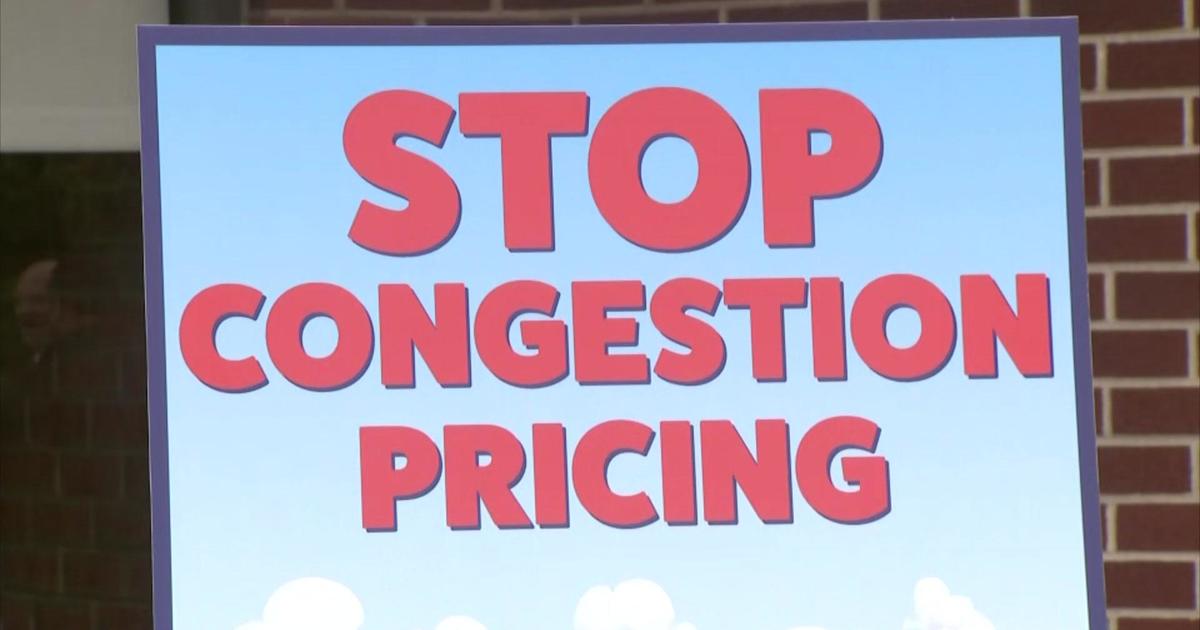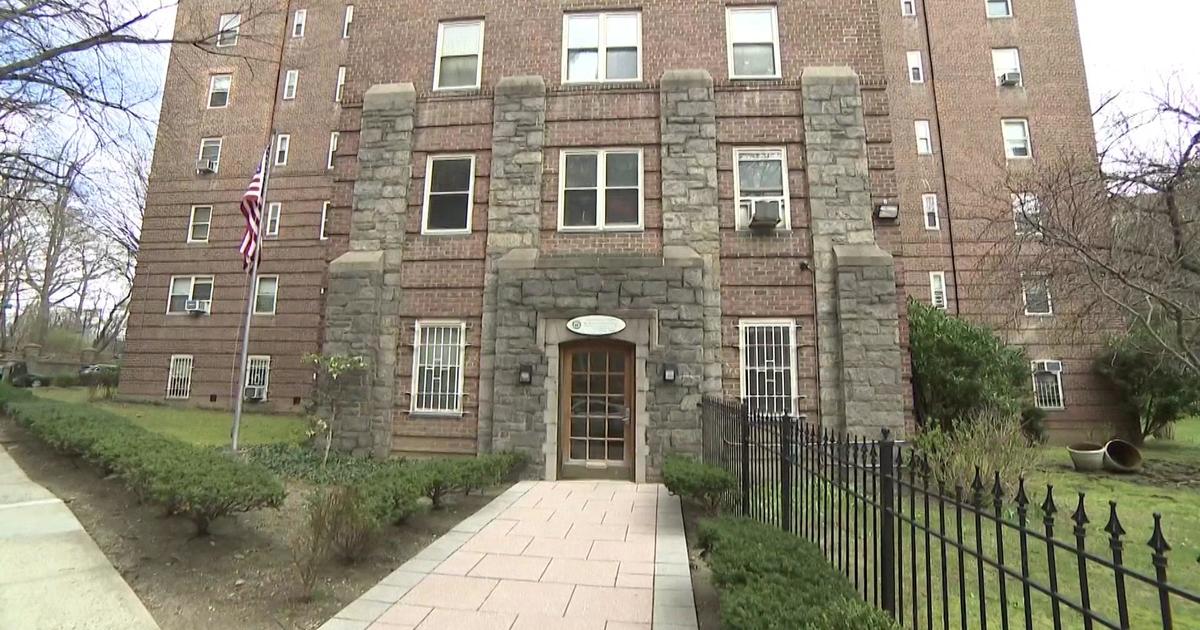The Breaking Point: Sorry State Of The Subway
NEW YORK (WCBS 880) -- They say those who fail to learn from history are doomed to repeat it.
In 1973, the five-year-old Metropolitan Transportation Authority was patting itself on the back for a series of shiny new expansion projects, like the Second Avenue subway.
Meanwhile, deferred maintenance had the system crumbling so badly that New Yorkers began to flee. They fled at a rate that, if kept up, would have left no riders on the subway by the early 2000s.
"Our politicians have amnesia. They don't remember, they don't follow history," says Sam Schwartz, who spent those decades as a city transportation engineer. "Starving the system, thinking you're saving money is going to cause a lot of headaches down the road."
Out of that crisis came the first of many capital plans.
"New York under Gov. Carey and then Gov. Mario Cuomo invested about $70 billion, and the subway system went from a point where we had three million riders a day to six million riders a day very successfully," says Mitchell Moss, who runs NYU's transportation center.
The Breaking Point: Was It Inevitable?
So there's a touch of irony in the MTA's go-to line about what causes the bulk of subway delays, which are up 150 percent in less than five years.
"Those are things that fail when you have a capacity problem. And we are at capacity," former acting chairman Fernando Ferrer says.
Of course, overcrowding wouldn't be such a problem if we had invested in a modern signal system that could run more trains closer together. So why don't we do that now?
"They're taking seven years per line – 40 years to put a new signal system in the subway," Gov. Andrew Cuomo has said. "I mean, forget it."
The Breaking Point: Pain At Penn
We'll have more on that next week, but here's the bottom line:
"The true failures started during the Pataki and Spitzer administration when they went for East Side access and Second Avenue subway rather than investing in modernization and maintaining a good system," Moss says. "The priority should be taking care of what we have, because that's what's moving six million people a day."
The Breaking Point: Tunnel Trouble
Six million frustrated people.
"Today people regularly get on the train not knowing if they'll ever get to work," says John Raskin, who runs the Riders Alliance. "That's unacceptable for the city."
"We have to have an MTA that recognizes that this is a crisis which requires crisis management, not business as usual," Moss says.
It seems like we're getting there, with the governor declaring a state of emergency last month. But it remains to be seen whether the state and city will come together and split the cost of the fix.
Until next time, save travels.
Find more from "The Breaking Point" by clicking here.



